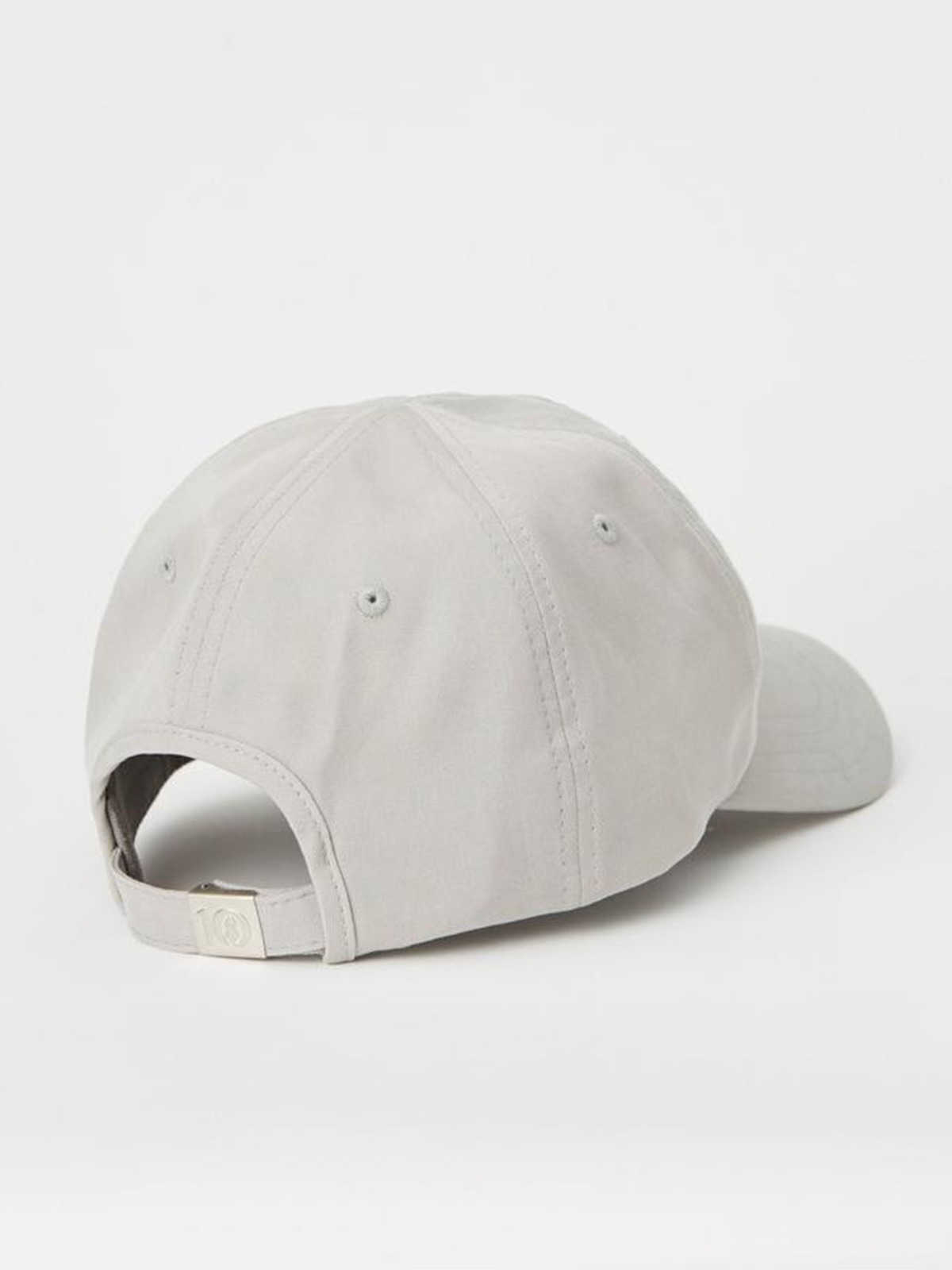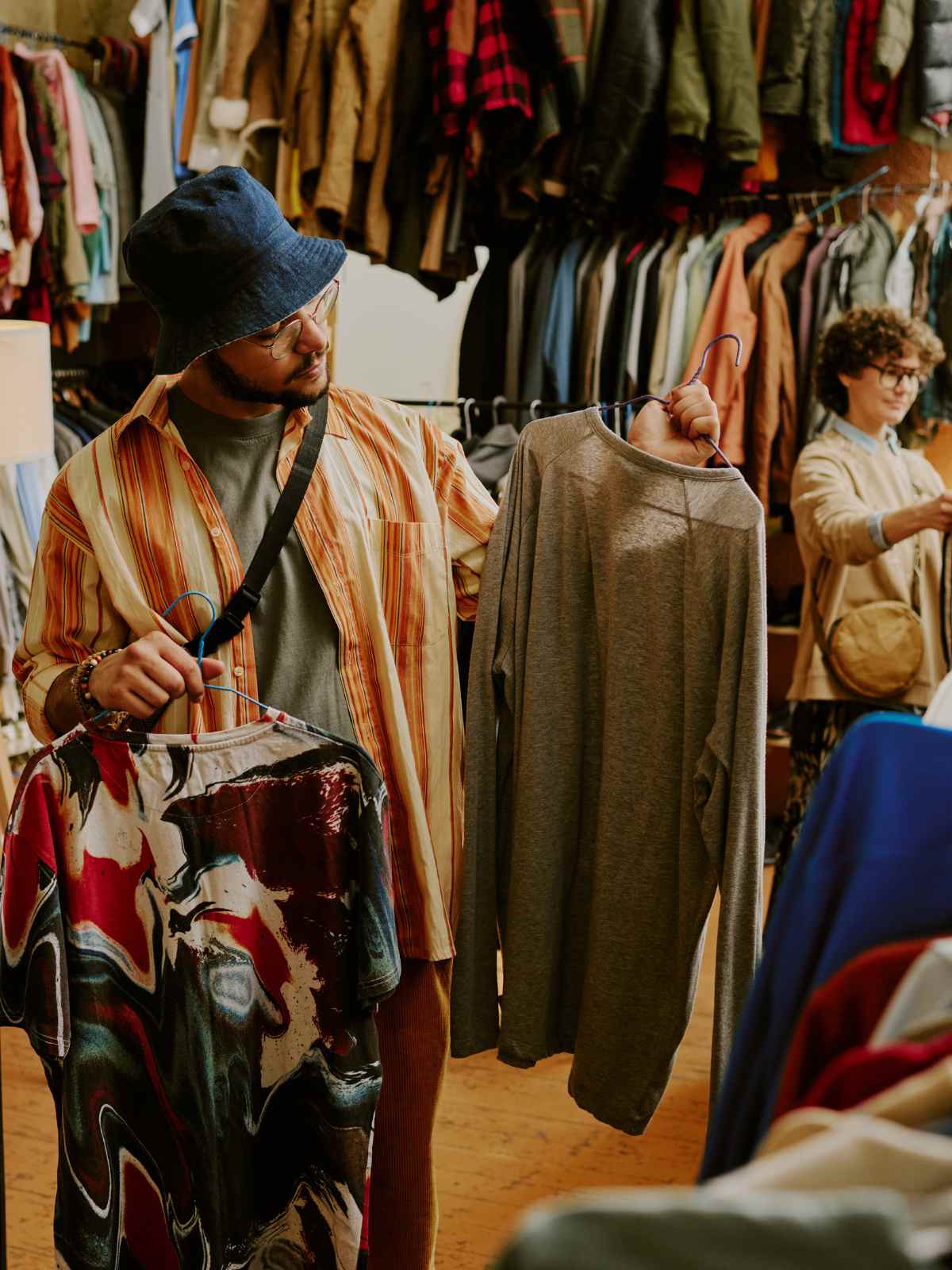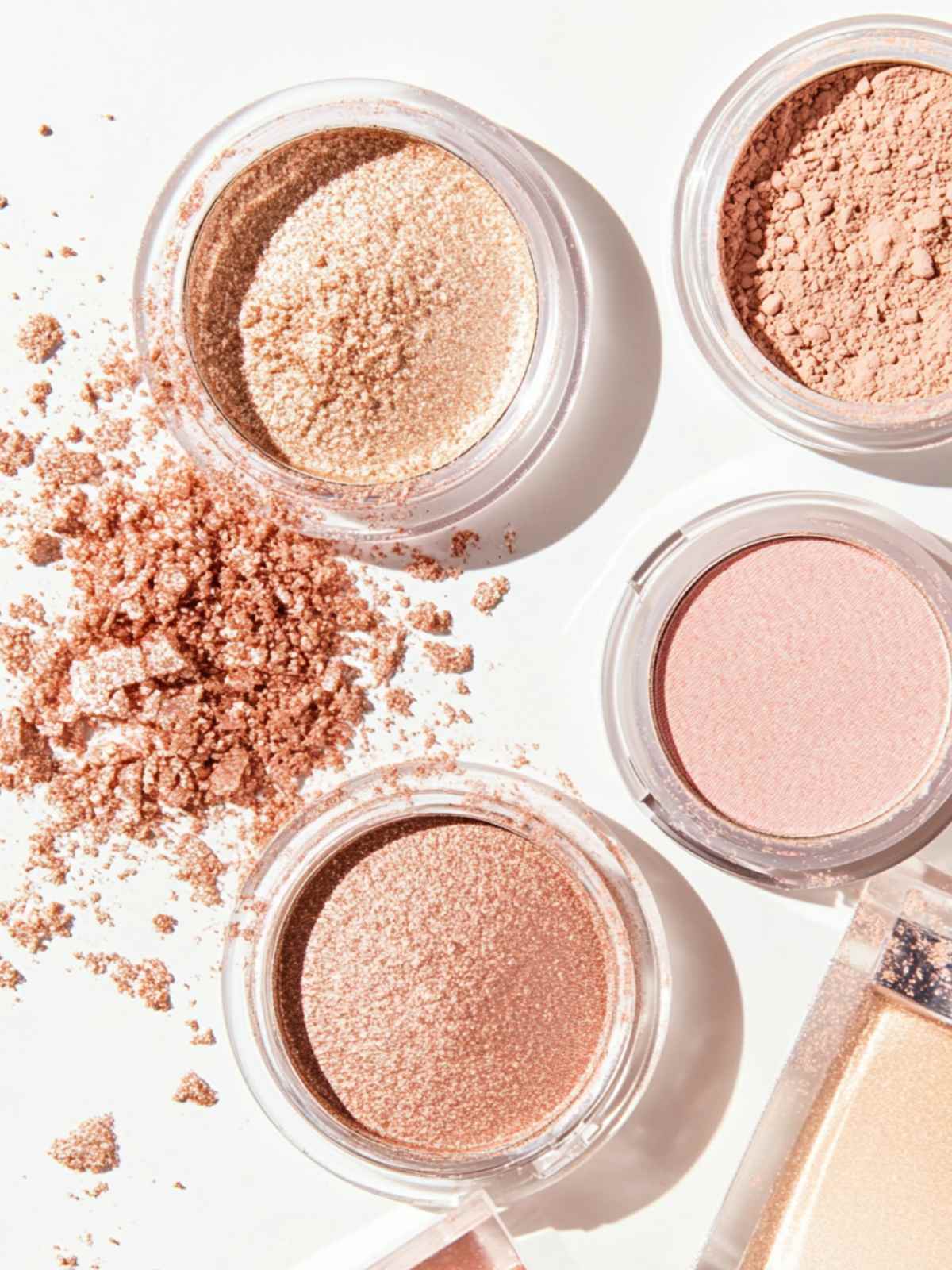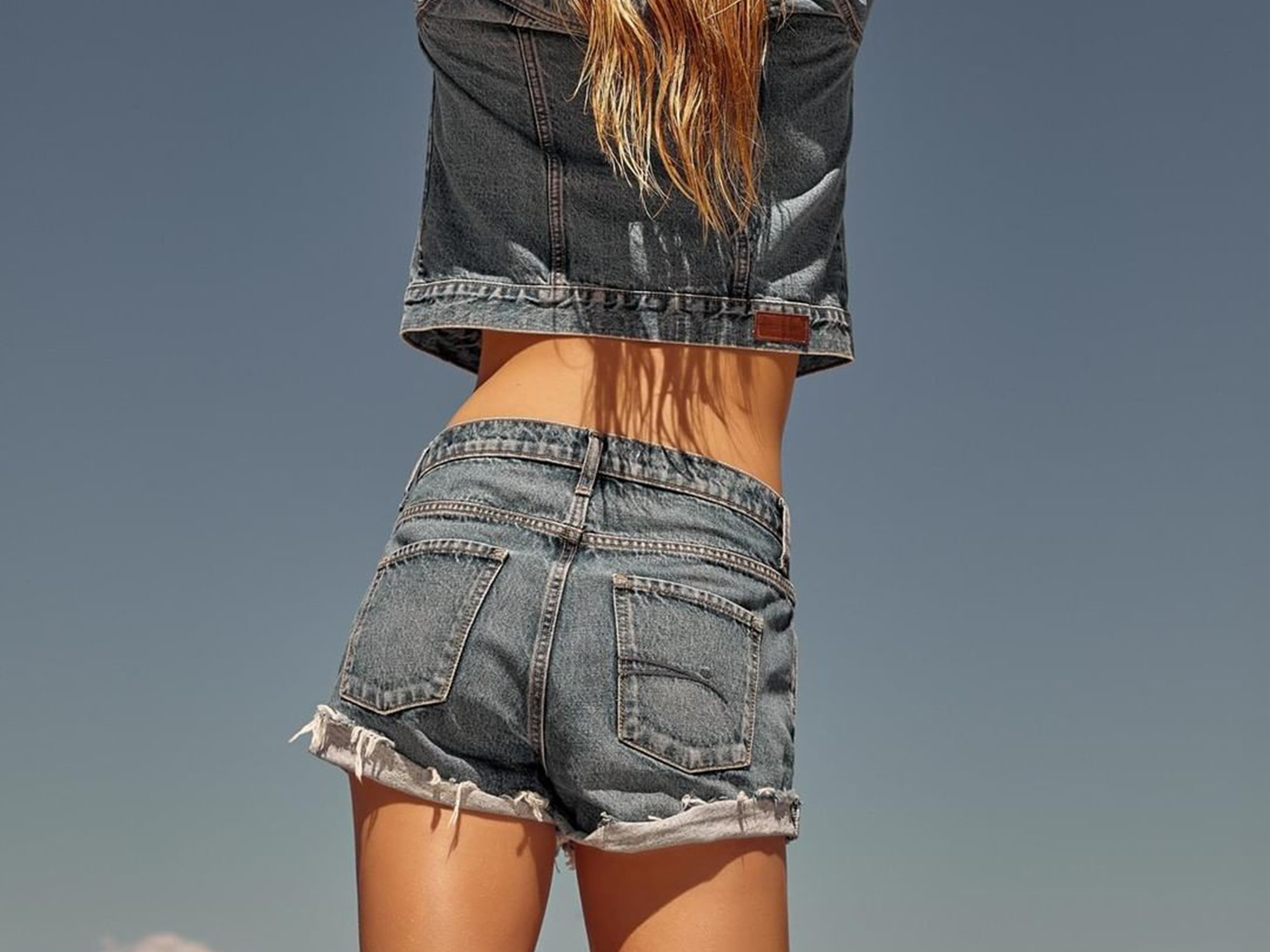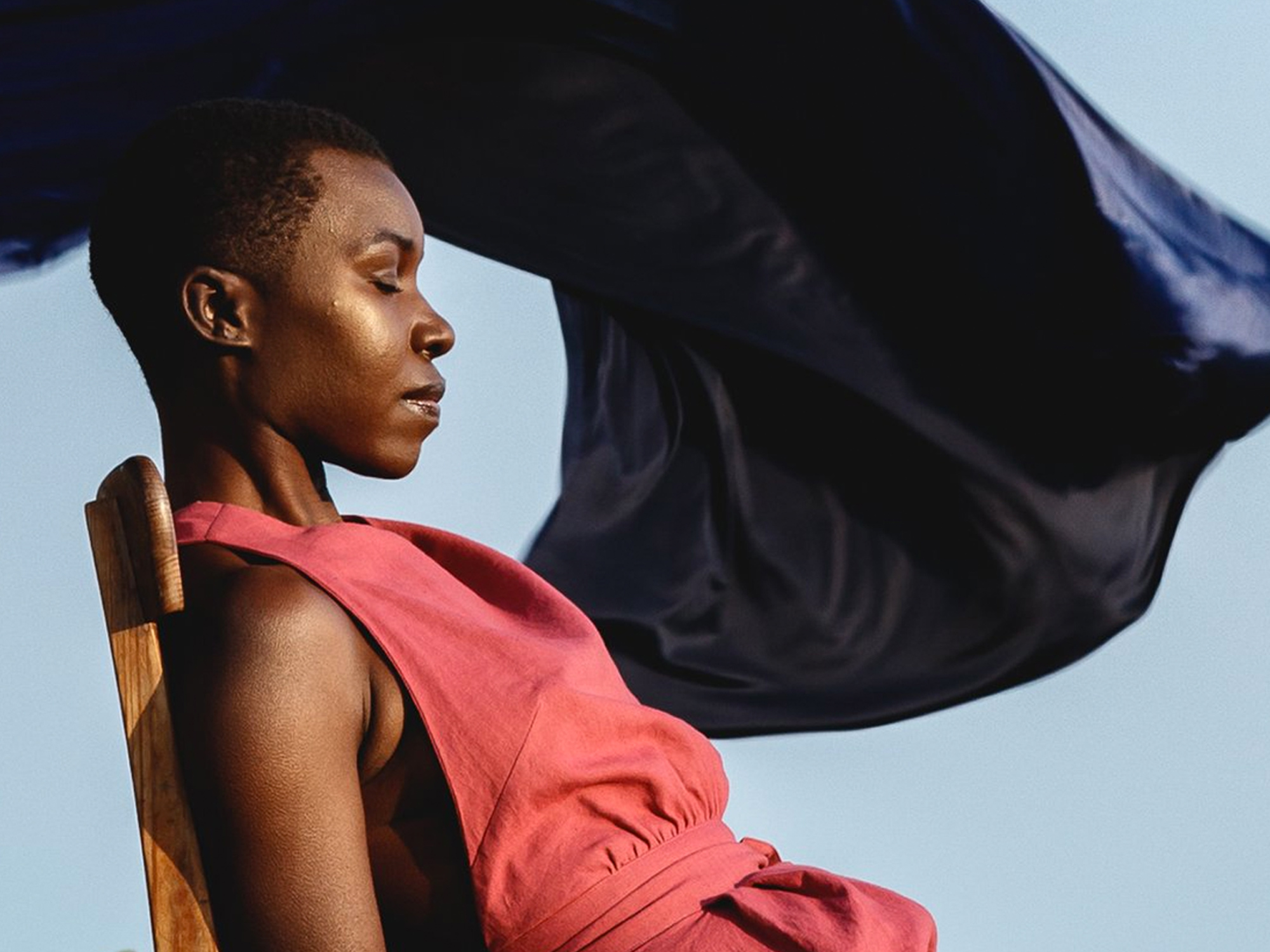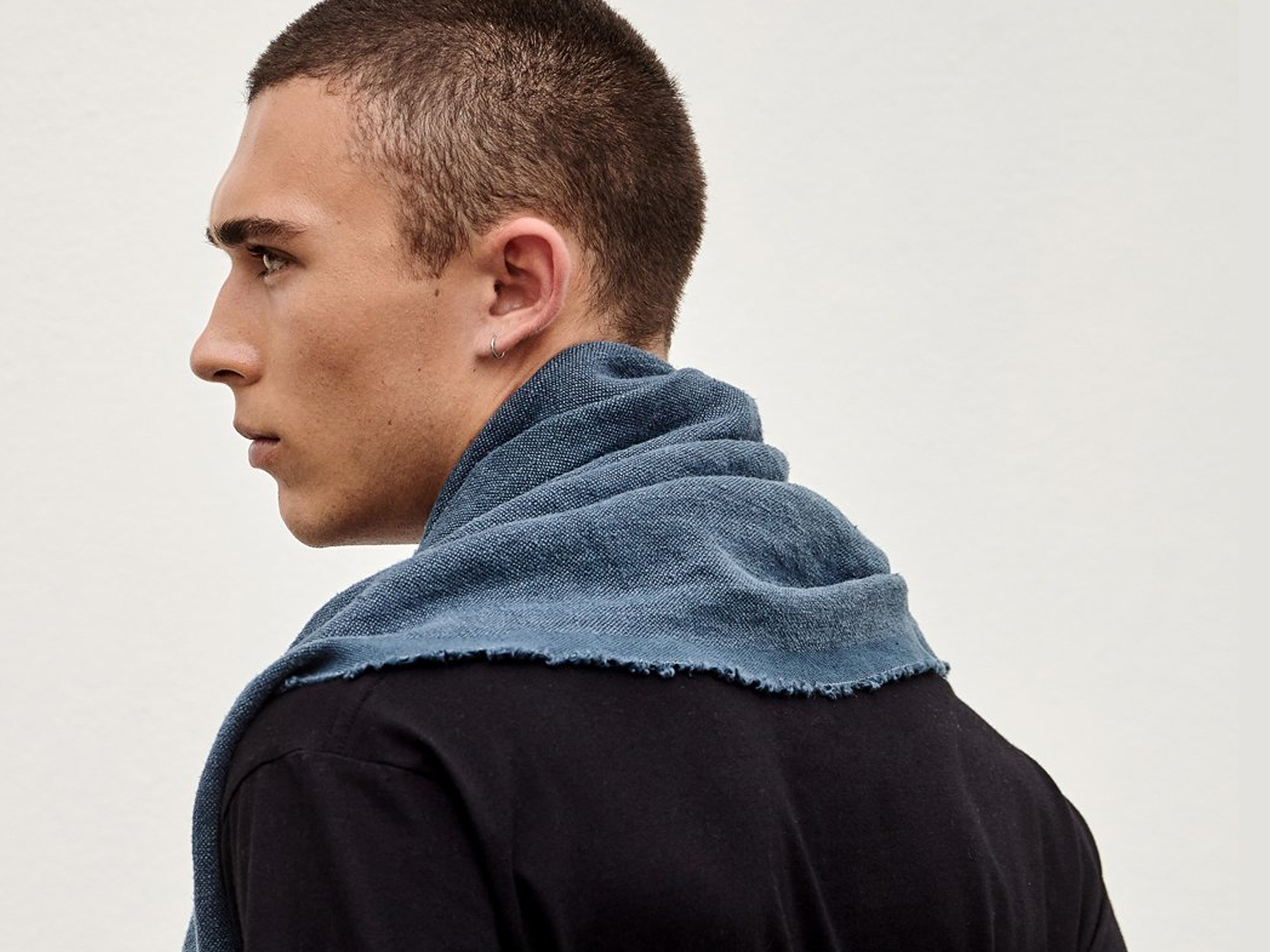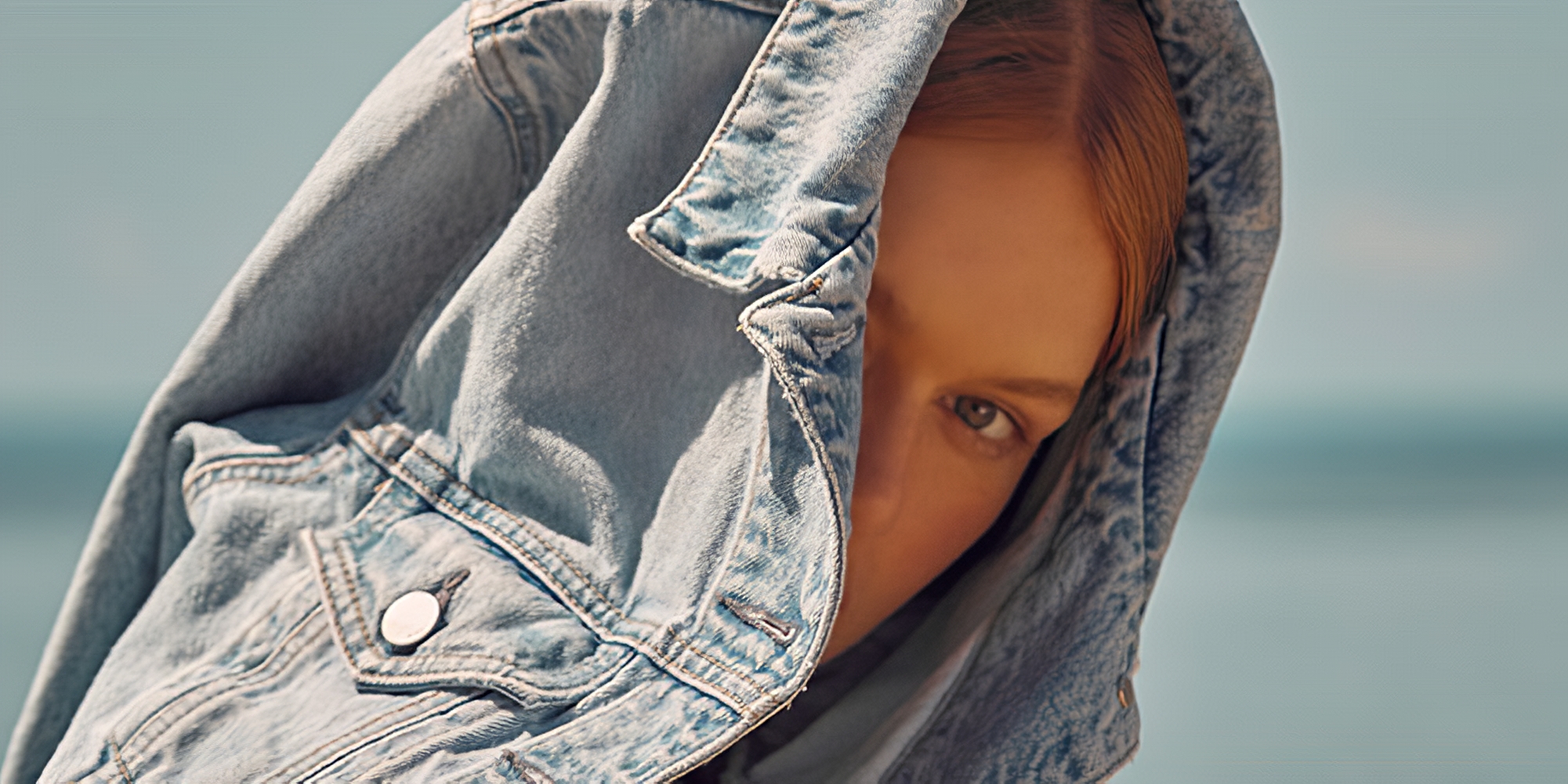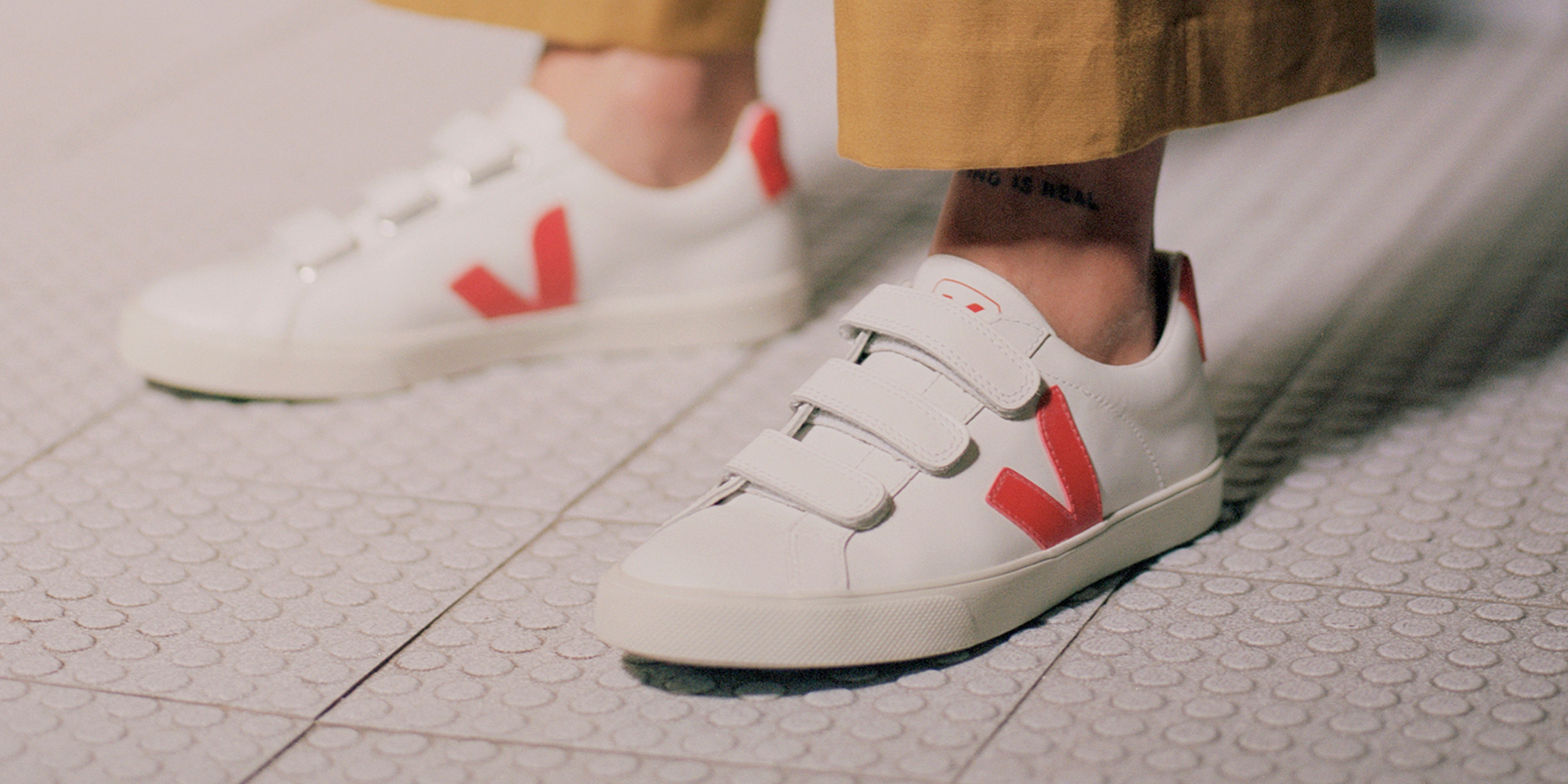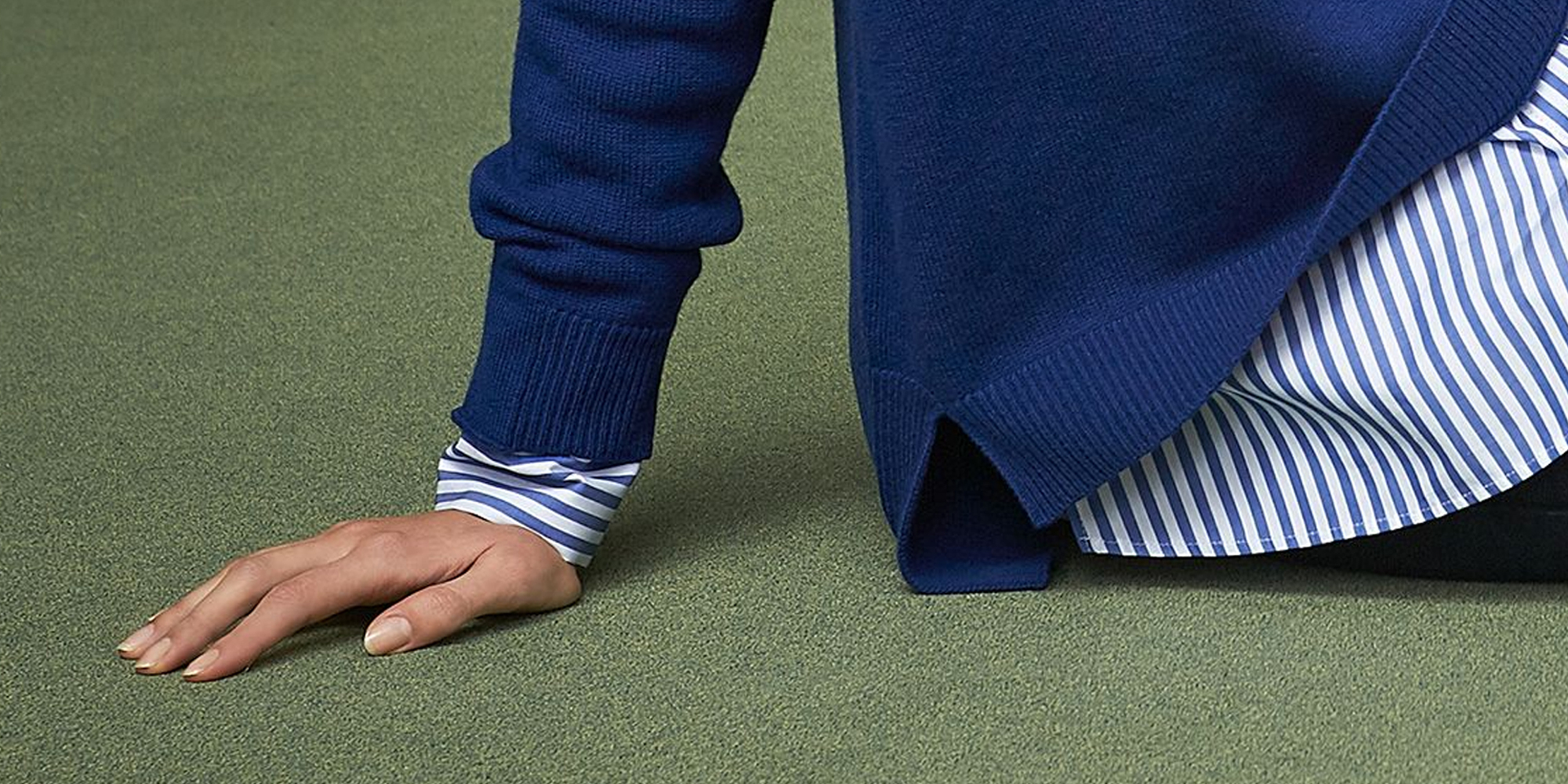How do you know if a brand is as sustainable as it claims? You simply check Good On You—fashion and beauty’s most trusted source of sustainability ratings. Today, Good On You is used by millions of shoppers, major retailers, and tech platforms to compare how well brands address their impacts on people, the planet, and animals. Here’s how we rate brands on the issues that matter most to you.
How the rating system works
Good On You’s brand ratings give you the power to see through the greenwashing on everything from greenhouse gas emissions and water use to worker safety, living wages, and animal welfare. How does it work? We bring together publicly reported information on the most critical sustainability issues, and then present it in clear and accessible ratings anyone can understand.
Transparent data sources
Everything we do is based on transparency, starting with the data we source.
Our ratings technology and independent analysts compile and verify brands’ own public reporting, the most robust third-party indices (like the CDP Climate Change and Water Security disclosures), as well as certifications and accreditations (including Cradle to Cradle, OEKO-TEX, Global Organic Textile Standard (GOTS), World Fair Trade Organisation (WFTO) Guarantee System, COSMOS ORGANIC, and Union for Ethical Biotrade (UEBT)).
We only use publicly available information. It’s fundamental to consumer rights that brands fully, accurately, and consistently report on their impacts. As a consumer, you have a right to know how brands impact on the issues you care about most. Transparency promotes accountability and is crucial in shaping regulations and keeping brands to their promises.
Most trusted methodology
Good On You’s ratings are comprehensive—considering brands’ practices throughout their entire supply chains, from raw fibres and ingredients to products and packaging end of use. Altogether, we evaluate up to 1,000 data points across more than 100 key issues and indicators to arrive at each brand’s score. We weigh certifications, standard systems, and other third-party sources according to their scope, the quality of their assurance systems, and outcomes.
Using our proprietary technology, Good On You analysts evaluate each brand with our rigorous methodology, which we developed in consultation with industry experts, academics, and organisations (including Fashion Revolution, Fairtrade, Fashion for Good, and Four Paws). Materiality is key—meaning we assess issues based on what’s widely accepted by experts as having the most impact on people, the planet, and animals.
Easy-to-use ratings
We aim to make it easy for anyone to understand how their fashion and beauty choices influence the issues they care about—for consumers, that means checking a brand’s impacts as easily as checking a product’s price tag. For businesses, it means using our innovative tech and unparalleled ratings data to understand, improve, and communicate their impacts. For the media, it means being the go-to sustainability expert to help shape and contextualise reporting.
Key issues we rate brands on
We believe you have a right to know where and how the things you buy are made—who produces them, what they’re made from, how workers are treated, and what impacts the products have on the environment and animals across their life cycles.
The fashion and beauty industries’ supply chains mean sustainability issues are inherently complex. To help you focus on what matters most, we organise the issues into three overarching areas: people, the planet, and animals.
People
The people rating assesses how well brands address their impacts on workers across the supply chain. This includes policies and practices on child labour, forced labour, worker safety, freedom of association (ie the right to join a union), gender equality, diversity, and payment of a living wage. We consider how well brands ensure that their policies are implemented, answering essential questions like: Do they empower workers, have supportive supplier relationships, and conduct meaningful audits? Did their policies protect workers from the impacts of COVID-19 and future public health crises? Are workers treated and compensated fairly? Do brands avoid sourcing from areas with a high risk of child labour or modern slavery, such as mica mined in India, vanilla from Madagascar, or cotton from Xinjiang?
Note that while our beauty ratings focus on how brands’ policies and actions align with widely adopted best practices for sustainability, they do not account for potential consumer health impacts.
Planet
For the planet rating, we dig deep into brands’ environmental policies to help you see through the pervasive greenwashing. We consider each brand’s reported resource use and waste management, including the types of fibres or ingredients they use, their commodity sourcing policies, the sustainability of their business model, their commitment to circularity, and, for fashion brands, their product durability. We also investigate their policies to address energy use and greenhouse gas emissions, impacts on water, biodiversity, microfibre and microplastics pollution, deforestation, and chemical use and disposal.
Animals
Whether you’re looking for cruelty-free and vegan products or are simply concerned about animal welfare within supply chains, then pay attention to our animals rating. We consider how well brands trace and monitor animal welfare across their supply chain, including via better animal welfare certifications. We identify and mark down brands that use wild animals—especially endangered species, fur, angora, shark-derived squalene and other animal-derived fabrics and ingredients where there’s a high risk of cruelty. We consider wool use, including “mulesing”, and whether and how the brand uses leather, down, and other animal-derived materials, giving credit for prioritising recycled or certified fabrics in the case of fashion. For beauty, we give credit to brands that are taking measures to reduce the risk of animal testing in their supply chain, such as through certification by PETA or Cruelty Free International’s Leaping Bunny Programme. We also look to see whether the brand has made commitments to eliminate or reduce the quantity of animal products, and ensure that any animal welfare policy has clear mechanisms of implementation.
Within each of the three areas of people, the planet, and animals, we also consider whether brands engage in “positive citizenship” (for example, industry leadership on sustainability initiatives) or “negative citizenship” (for example, political lobbying against the interests of workers or a track record of publishing misleading information).
To dive deeper into our ratings methodology, please see our ratings guide.

